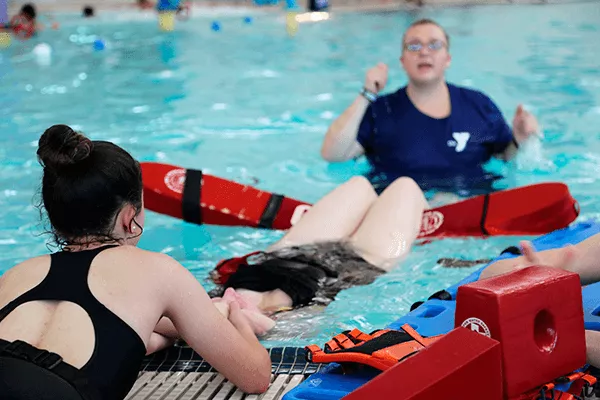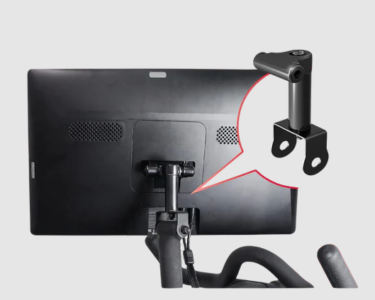Becoming a certified lifeguard is more than just a job; it’s a commitment to ensuring the safety and well-being of others. Whether you’re passionate about water safety, looking for a rewarding summer job, or considering a career in aquatic services, obtaining a lifeguard certificate is the first essential step. This article will guide you through the process of applying for a lifeguard certificate, with a special focus on how the American Lifeguard Association (ALA) can help you achieve your goal.
Understanding the Importance of Lifeguard Certification
Before diving into the application process, it’s crucial to understand why lifeguard certification is so important. A lifeguard certificate is not just a piece of paper; it is proof that you have undergone rigorous training in water safety, rescue techniques, CPR, and first aid. This certification ensures that you are equipped with the skills and knowledge necessary to handle emergency situations in and around water bodies. Employers, be it public pools, private clubs, or beaches, require this certification to ensure the safety of their patrons.
Step 1: Research Certification Requirements
The first step in applying for a lifeguard certificate is understanding the specific requirements you need to meet. The American Lifeguard Association has set forth certain prerequisites that applicants must fulfill before enrolling in a lifeguard course. These typically include:
Minimum Age: Most lifeguard certification programs require candidates to be at least 15 years old. Some advanced programs may have a higher age requirement.
Swimming Skills: Candidates must demonstrate strong swimming abilities. This usually involves swimming a certain distance, treading water, and retrieving objects from the bottom of a pool.
Physical Fitness: Lifeguarding is a physically demanding job, so applicants should be in good physical condition.
By understanding these prerequisites, you can better prepare yourself for the certification process.
Step 2: Choose the Right Lifeguard Course
Once you have met the basic requirements, the next step is to choose the right lifeguard course. The American Lifeguard Association offers a variety of courses tailored to different needs, including:
Basic Lifeguard Training: This is the standard course for most lifeguards and includes training in water rescue techniques, CPR, first aid, and AED (Automated External Defibrillator) usage.
Waterfront Lifeguard Training: If you plan to work at a beach or lake, this course includes additional training for open water rescues.
Shallow Water Lifeguard Training: Designed for lifeguards who will be working in water that is less than five feet deep.
Lifeguard Recertification: If you already have a lifeguard certificate that is about to expire, this course allows you to refresh your skills and renew your certification.
Choosing the right course is crucial as it ensures that you receive the training specific to the environment in which you will be working.
Step 3: Register for the Course
After selecting the appropriate course, it’s time to register. The American Lifeguard Association makes this process straightforward. You can register for a course online through the ALA website or visit one of their partner facilities. During registration, you will be asked to provide basic information such as your name, age, and contact details. You will also need to select the course location and dates that best fit your schedule.
Be sure to register early, as classes can fill up quickly, especially during peak seasons like summer.
Step 4: Prepare for the Course
Preparation is key to succeeding in your lifeguard course. Here are some tips to help you get ready:
Brush Up on Swimming Skills: Since the course involves rigorous water training, it’s a good idea to practice your swimming techniques beforehand. Focus on improving your stamina, speed, and ability to swim different strokes.
Study Basic First Aid: While the course will cover first aid extensively, having a basic understanding of it beforehand can give you a head start.
Get in Shape: Lifeguarding requires strength and endurance. Incorporate regular exercise into your routine, focusing on cardio, strength training, and flexibility.
Gather Necessary Gear: Ensure you have all the required gear for the course, including a swimsuit, towel, goggles, and a whistle.
Step 5: Attend and Complete the Course
The lifeguard course is typically a blend of classroom instruction and hands-on training. You’ll learn about water safety, rescue techniques, and emergency response through a combination of lectures, videos, and practical exercises. The American Lifeguard Association prides itself on providing high-quality, comprehensive training that prepares candidates for real-world scenarios.
During the course, you will be evaluated on various skills, including:
Water Rescues: Demonstrating the ability to perform rescues in different scenarios, such as distressed swimmers or unconscious victims.
CPR and First Aid: Showing proficiency in performing CPR on adults, children, and infants, as well as administering first aid.
Emergency Response: Learning how to assess emergency situations and make quick, informed decisions.
It’s important to attend all sessions, actively participate, and ask questions if you need clarification on any topic.
Step 6: Pass the Certification Exam
At the end of the course, you will need to pass a certification exam. This exam typically consists of both written and practical components. The written portion will test your knowledge of water safety, lifeguarding techniques, and emergency procedures. The practical exam will require you to demonstrate the skills you have learned during the course.
Passing this exam is mandatory to receive your lifeguard certificate. The American Lifeguard Association ensures that all exams are fair and comprehensive, reflecting the training provided.
Step 7: Receive Your Lifeguard Certificate
Once you pass the certification exam, you will receive your lifeguard certificate from the American Lifeguard Association. This certificate is recognized nationwide and is valid for a specified period, usually two years. With this certification in hand, you are now qualified to apply for lifeguard positions at pools, beaches, water parks, and other aquatic facilities.
Step 8: Keep Your Certification Current
Lifeguard certification is not a one-time process. To maintain your status as a certified lifeguard, you must renew your certification before it expires. The American Lifeguard Association offers lifeguard recertification courses that allow you to refresh your skills and stay up-to-date with the latest lifeguarding techniques and safety protocols.
Also Read About: cookie hoodie is not just a regular hoodie fashion
By following these steps and applying for your lifeguard certificate through the American Lifeguard Association, you are not only setting yourself up for a rewarding job but also contributing to the safety and well-being of others. Lifeguarding is a noble profession, and with the right training and certification, you can make a real difference in your community.







